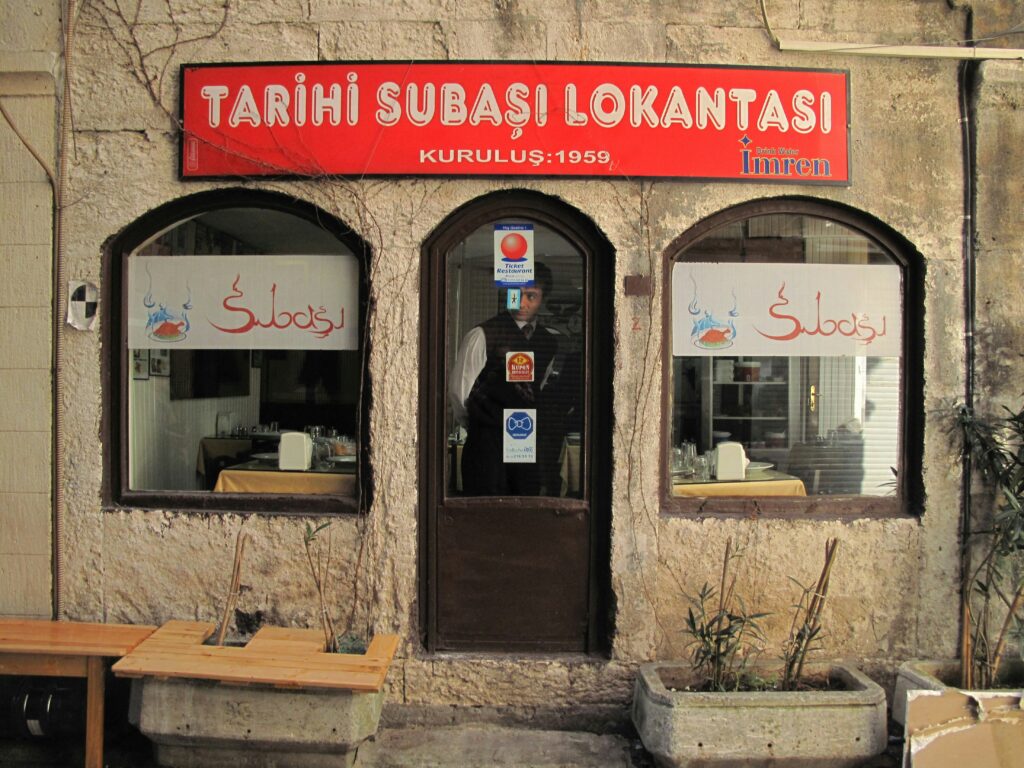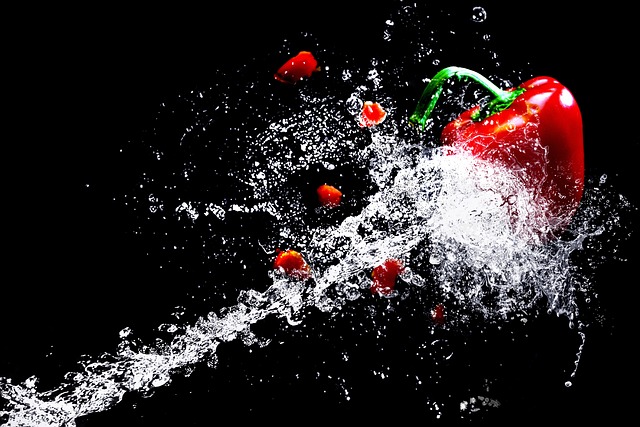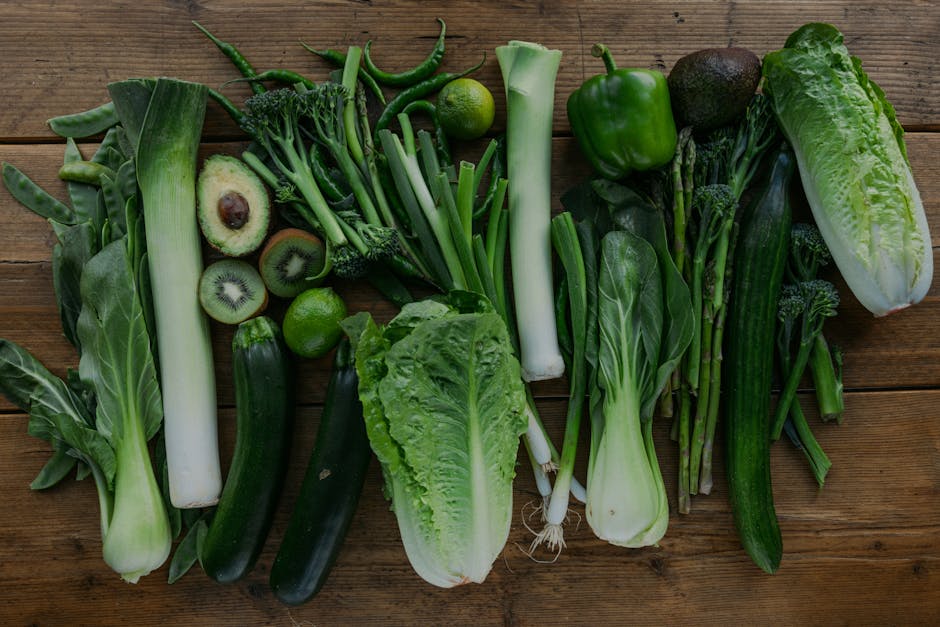Why Food History Matters
Food isn’t just about taste—it’s about people. Every ingredient, every cooking method, every fusion of flavor tells a story. That story usually begins long before the dish landed in your kitchen or on your favorite takeout menu. Behind your morning toast, your Friday night curry, or your late-night tacos is a history of migration, trade, colonization, and survival.
Take chili peppers, for instance. Native to the Americas, they now set the tone for cuisines across Asia and Africa, thanks to 16th-century trade routes. Or tomatoes—once a New World curiosity, now a staple in Italian cooking. Every bite you take is a thread in a global web of exchange. The everyday meals we take for granted are the result of countless human journeys.
Appreciating food’s backstory means seeing culture in action. It’s realizing that sushi isn’t just about raw fish—it’s about Japanese ingenuity responding to urban life. It’s understanding that pasta didn’t start and end with Italy but came from a mesh of Mediterranean influences. Learning where food comes from deepens respect—and frankly, it makes eating more interesting.
So next time you plate a dish, ask where it came from. Odds are, it traveled further than you did today.
The Global Journey of Pizza
Long before mozzarella met marinara, flatbreads were feeding ancient civilizations. In places like Egypt, Persia, and Greece, people slapped grain-based doughs onto hot stones, added oils or herbs, and called it a meal. These early versions didn’t have cheese or tomato, but the bones of the modern pizza were there: carbs, heat, and improvisation.
Then came Naples. In the 18th and 19th centuries, this bustling port city became the first place where tomato met dough, forming what we now recognize as pizza. Poor workers needed cheap, filling food and street vendors supplied it in the form of simple, hot flatbreads topped with tomato, garlic, and later cheese. It was fast, flavorful, and practical—a working-class invention that hit the mark.
When Italian immigrants made their way to the U.S., they brought their food with them. Pizza started modestly in enclaves like New York and Chicago, sold from street carts or mom-and-pop bakeries. But it didn’t stay local for long. As it spread, pizza evolved—growing thicker in some places, cheesier in others. Fast food chains eventually scaled it up, but long before that, pizza had already become a story of movement, reinvention, and survival. From Neapolitan alleys to American storefronts, it shaped itself around the people who ate it.
Understanding pizza’s global journey isn’t just about what’s on the plate—it’s about where it’s been, who carried it, and why it’s still relevant today.
The Story Behind Sushi
Ancient Beginnings: Fermented Fish and Rice
Sushi’s origins trace back to Southeast Asia, where it began not as the elegant slices we know today, but as a method of preservation. Early forms of sushi, known as narezushi, involved fermenting fish with rice to extend its shelf life. The rice was typically discarded, and only the preserved fish was eaten.
- Narezushi was a practical food preservation method
- Originated in regions that now include Thailand, Laos, and Vietnam
- Showcased early knowledge of fermentation and food safety
Edo-Period Innovation: Fast Food for a Growing City
In 17th-century Japan, specifically during the Edo period, sushi took a leap from preserved fare to urban convenience food. Edomae sushi, what many consider the ancestor of modern nigiri, was born in Tokyo (formerly Edo). This style featured fresh fish served over vinegared rice—no fermentation required.
- Edomae sushi was quick to prepare and serve
- Made for fast-paced urban life along Tokyo Bay
- Market stalls and street vendors popularized sushi culture
Western Adaptation: California Rolls and the Global Palette
With the rise of global cuisine in the 20th century, sushi evolved again—this time far from Japan. In the United States, chefs adapted traditional techniques and ingredients to suit local tastes and availability. Enter the California roll, featuring avocado, imitation crab, and the now-iconic inside-out rice roll.
- Sushi adapted to Western preferences for milder flavors and local ingredients
- California roll helped popularize sushi across North America and beyond
- Today, fusion sushi restaurants span the globe, offering creative spins on the original art form
Sushi’s journey from Southeast Asian preservation method to global fusion favorite is a testament to how cuisine travels, adapts, and endures.
Tracing the Roots of Curry
Curry isn’t a single dish—it’s a sprawling, ever-evolving category that stretches across continents. The word itself was a colonial catch-all, slapped onto countless spiced stews by British traders who couldn’t pronounce or cross-reference every local name. But before curry became curry, there was a rich backbone of trade, tradition, and technique anchored in the Indian subcontinent.
India’s spice trade drew the attention of empires for centuries, turning turmeric, cumin, coriander, and chili into global commodities. These weren’t just flavor-makers—they were political currency. Colonial powers like the British East India Company didn’t just export spices; they exported their interpretation of Indian food, simplified and rebranded for European tastes. That’s how curry powder—a British invention—found its way into kitchens far from Delhi or Mumbai.
Then came reinvention. In the UK, curry evolved into pub staples like tikka masala, often sweeter and creamier than their Indian cousins. Japan took curry in a new direction after adopting it via the British navy, creating a thick, mild curry served over rice and often with pork cutlets—comfort food by way of empire. In the Caribbean, Indian indentured laborers brought their spice blends to new lands, infusing local ingredients into dishes like Trinidadian curry chicken, often made with green seasoning and Scotch bonnet heat.
So when you say “curry,” what you’re really naming is a concept—one born in India, shaped by trade, bent by colonialism, and adapted to fit local tastes again and again.
Pasta: Italy’s Invention or Global Legacy?
Pasta is often seen as synonymous with Italy, but its history is more layered and cross-cultural than many assume. It’s a dish shaped by centuries of migration, trade, and adaptation.
The Marco Polo Myth
One of the most persistent tales in food lore is that Marco Polo introduced pasta to Italy after visiting China in the 13th century. While it’s a romantic idea, historians largely debunk this claim.
- Pasta existed in Italy prior to Marco Polo’s travels
- References to a pasta-like dish in Sicily date back to the 12th century
- Polo’s writings describe Asian noodles, but similar foods were already being consumed in the Mediterranean
Conclusion: Rather than a direct transfer from Chinese noodles, pasta likely evolved independently in Italy, influenced by various culinary traditions.
Early Influences: Arab and Sicilian Connections
The Arab world had a significant culinary impact on Sicily during the Middle Ages, especially during the Islamic rule of the island from the 9th to 11th centuries.
- Dry pasta-making techniques are thought to have been introduced by Arab traders
- Ingredients like durum wheat, ideal for pasta, were brought to Sicily
- Early records describe itriyya, a type of dried noodle referenced in both Arab and Mediterranean texts
These early adaptations laid the groundwork for a distinctly Italian style of pasta.
Becoming a National Icon
Over centuries, pasta evolved into a defining element of Italian culinary identity. Its transformation was marked by:
- Regional variations: Different shapes, ingredients, and sauces unique to specific areas
- Industrialization: 19th-century pasta factories made pasta more accessible to the masses
- Tomato revolution: The pairing of pasta with tomato sauce solidified its place in Italian cuisine
Today, pasta is not only a comfort food worldwide, but a source of national pride and cultural export for Italy.
Pasta’s story proves that even iconic dishes are the result of shared knowledge, layered histories, and centuries of exchange.
Tacos: Tradition Wrapped in a Tortilla
Indigenous Roots and Colonial Fusion
Tacos have ancient origins in Mesoamerican cuisine. Indigenous peoples wrapped food in soft corn tortillas long before the Spanish arrived, using them to hold and deliver ingredients like fish, beans, squash, and chili.
- Pre-colonial practice: Corn tortillas were a dietary staple for the Aztecs and Mayans
- Portable and practical: Tacos were an early example of hand-held dining
When Spanish colonizers introduced new livestock like pigs and cows, the indigenous taco evolved. Slow-cooked meats like carnitas and barbacoa began replacing or complementing plant-based fillings, reflecting a blend of two culinary traditions.
From Street Corners to Global Kitchens
Tacos remained staple street food across Mexico for centuries. As Mexican communities spread globally—particularly to the United States—the taco followed.
- Urban street food favorite: Tacos became symbols of regional pride across cities like Mexico City, Puebla, and Oaxaca
- Rise in the U.S.: Mexican-American communities preserved and innovated taco recipes, leading to wider popularity in the 20th century
Today, tacos range from $1 al pastor on city sidewalks to high-end fusion versions in fine dining.
The Soft vs. Hard Shell Divide
One major point of reinterpretation happened in the U.S., where hard shell tacos emerged. These crispy corn shells—often pre-made and mass-produced—became a defining feature of Americanized Mexican food.
- Hard shell tacos: Popularized by fast-food chains in mid-20th century America
- Soft shell preference: In Mexico, tacos are traditionally served in soft corn tortillas
The global taco now reflects many identities: traditional, fast-food, gourmet, and homegrown. Yet at its core, it remains a food rooted in history and reinvention.
Behind the Bite of French Fries
Despite their name, French fries probably aren’t French at all. Belgium has long staked its claim as the true birthplace of the beloved fried potato. According to local lore, villagers in the Meuse Valley were slicing and frying fish from the river as early as the 1600s. When the river froze over during harsh winters, they turned to thinly sliced potatoes instead—and a national obsession was born.
So why the name “French”? Blame wartime confusion. American soldiers stationed in Belgium during World War I were introduced to the crispy snack but mistook their location for France, likely because French was the dominant language in southern Belgium. The soldiers brought the name—and the fries—back home, cementing the mislabel in pop culture.
From there, things took off. Fries adapted easily across cultures, becoming a neutral canvas for everything from ketchup in the U.S. to mayonnaise in the Netherlands to curry sauce in the U.K. Once fast food franchises locked onto their universal appeal, French fries became a global side dish. They’re cheap, fast, and deeply comforting—beyond borders and names.
Food Origins & Modern Eating
Long before food came wrapped in plastic or rode airplanes across continents, cultures relied on what was close at hand. They adapted to the land, used seasonal ingredients, and built cuisines around what they could grow, raise, or trade locally. History shows that sustainability wasn’t a trend—it was survival. There was no choice but to eat in tune with nature.
Today, that mindset matters more than ever. Traditional food knowledge continues to offer smart, low-impact ways of cooking and eating. From fermentation techniques that reduce waste to foraging practices passed down through generations, old methods still make sense in a modern world. That’s especially true when local economies and ecosystems are stretched to their limits.
Responsible consumption also means knowing the story behind what’s on your plate. When you understand the roots of a dish, you start to pay more attention to how it’s sourced, who’s growing it, and what impact it leaves behind. Turns out the future of food might look a lot like its past.
Explore more on sustainable eating here: Sustainable Eating Practices and Benefits
Final Bite
What’s on your plate is more than fuel—it’s a story. Every ingredient, every preparation method, every flavor combination has a root system that stretches back through time, culture, migration, and survival. Knowing where a dish comes from isn’t just trivia. It connects you to the people who made it possible—not just chefs, but farmers, traders, and entire communities.
Learning the backstory behind your meals invites you to slow down and pay attention. You start to recognize the folds of history in a simple dumpling, or centuries of adaptation in a bowl of curry. It’s about respect. It’s about curiosity. And yes, it’s about flavor—but it’s also about context.
Food is memory. It carries legacy. It’s worth a second look.


 Jennifera is passionate about sharing culinary stories that blend tradition with innovation. At FoodHypeSaga she creates engaging articles that inspire readers to discover new dining experiences and food movements.
Jennifera is passionate about sharing culinary stories that blend tradition with innovation. At FoodHypeSaga she creates engaging articles that inspire readers to discover new dining experiences and food movements.

